
2020年11月CATTI二级笔译实务英译汉
▼
第一篇
Global Competitiveness Report 2019
How to end a lost decade of productivity growth
The world is at a social, environmental and economic tipping point. Subdued growth, rising inequalities and accelerating climate change provide the context for a backlash against capitalism, globalization, technology, and elites. There is gridlock in the international governance system and escalating trade and geopolitical tensions are fuelling uncertainty. This holds back investment and increases the risk of supply shocks: disruptions to global supply chains, sudden price spikes or interruptions in the availability of key resources.
Persistent weaknesses in the drivers of productivity growth are among the principal culprits. In advanced, emerging and developing economies, productivity growth started slowing in 2000 and decelerated further after the crisis. Between 2011 and 2016, “total factor productivity growth” – or the combined growth of inputs, like resources and labour, and outputs – grew by 0.3% in advanced economies and 1.3% in emerging and developing economies.
The financial crisis added to this deceleration through “productivity hysteresis”– the long-lasting delayed effects of investments being undermined by uncertainty, low demand and tighter credit conditions. Beyond strengthening financial system regulations, many of the structural reforms designed to revive productivity that were promised by policy-makers in the midst of the crisis did not materialize.
Governments must better anticipate the unintended consequences of technological integration and implement complementary social policies that support populations through the Fourth Industrial Revolution. The report shows that several economies with strong innovation capability like South Korea, Japan and France, or increasing capability, like China, India and Brazil, must improve their talent base and the functioning of their labour markets.
Talent adaptability is critical. It pays to enable the workforce to contribute to the technology revolution and to be able to cope with its disruptions. Talent adaptability also requires a well-functioning labour market that protects workers, not jobs. Advanced economies such as South Korea, Italy, France and, to some extent, Japan need to develop their skills base and tackle rigidities in their labour markets. As innovation capacity grows in emerging economies such as China, India and Brazil, they need to strengthen their skills and labour market to minimize the risks of negative social spillovers.
Sustained economic growth remains the surest route out of poverty and a core driver of human development. For the past decade, growth has been subdued and remains below potential in most developing countries, seriously hampering progress on several of the UN’s 2030 Sustainable Development Goals (SDGs). The competitiveness landscape of 2019 does not bode well. Individual countries, the aid community and all stakeholders must step up their efforts urgently.
The world is not on track to meet any of the SDGs. Least developed countries have missed the target of 7% growth every year since 2015. Extreme poverty reduction is decelerating. 3.4 billion people – or 46% of the world’s population – lived on less than $5.50 a day and struggled to meet basic needs. After years of steady decline, hunger has increased and now affects 826 million – or one in nine people – up from 784 million in 2015. A total of 20% of Africa’s population is undernourished. The “zero hunger” target will almost certainly be missed.
第二篇
How Misinformation Spreads—and Why We Trust It
Scientific American
In the mid-1800s a caterpillar the size of a human finger began spreading across the northeastern U.S. This appearance of the tomato hornworm was followed by terrifying reports of fatal poisonings and aggressive behavior toward people. In July 1869 newspapers across the region posted warnings about the insect, reporting that a girl in Red Creek, N.Y., had been “thrown into spasms, which ended in death” after a run-in with the creature. That fall the Syracuse Standard printed an account from one Dr. Fuller, who had collected a particularly enormous specimen. The physician warned that the caterpillar was “as poisonous as a rattlesnake” and said he knew of three deaths linked to its venom.
Although the hornworm is a voracious eater that can strip a tomato plant in a matter of days, it is, in fact, harmless to humans. Entomologists had known the insect to be innocuous for decades when Fuller published his dramatic account, and his claims were widely mocked by experts. So why did the rumors persist even though the truth was readily available? People are social learners. We develop most of our beliefs from the testimony of trusted others such as our teachers, parents and friends. This social transmission of knowledge is at the heart of culture and science. But as the tomato hornworm story shows us, our ability has a gaping vulnerability: sometimes the ideas we spread are wrong.
Over the past five years the ways in which the social transmission of knowledge can fail us have come into sharp focus. Misinformation shared on social media Web sites has fueled an epidemic of false belief, with widespread misconceptions concerning topics ranging from the prevalence of voter fraud, to whether the Sandy Hook school shooting was staged, to whether vaccines are safe. The same basic mechanisms that spread fear about the tomato hornworm have now intensified—and, in some cases, led to—a profound public mistrust of basic societal institutions. One consequence is the largest measles outbreak in a generation.
“Misinformation” may seem like a misnomer here. After all, many of today’s most damaging false beliefs are initially driven by acts of propaganda and disinformation, which are deliberately deceptive and intended to cause harm. But part of what makes propaganda and disinformation so effective in an age of social media is the fact that people who are exposed to it share it widely among friends and peers who trust them, with no intention of misleading anyone. Social media transforms disinformation into misinformation.
Many communication theorists and social scientists have tried to understand how false beliefs persist by modeling the spread of ideas as a contagion. Employing mathematical models involves simulating a simplified representation of human social interactions using a computer algorithm and then studying these simulations to learn something about the real world. In a contagion model, ideas are like viruses that go from mind to mind. You start with a network, which consists of nodes, representing individuals, and edges, which represent social connections. You seed an idea in one “mind” and see how it spreads under various assumptions about when transmission will occur.
注:较真题内容有所改编











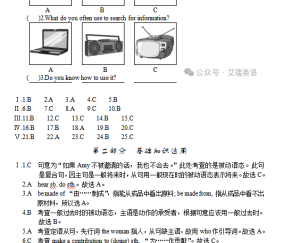
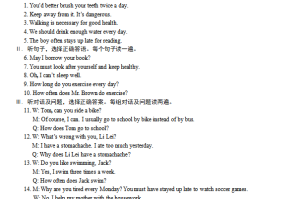



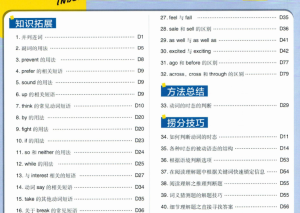
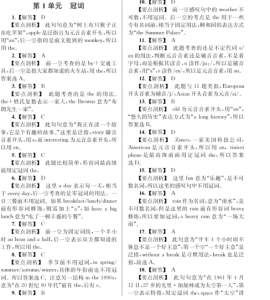
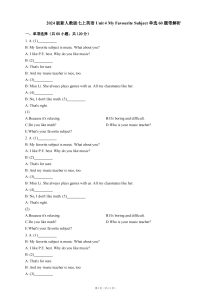



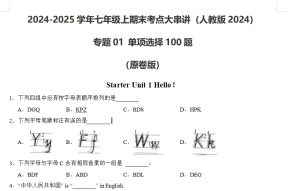




暂无评论内容